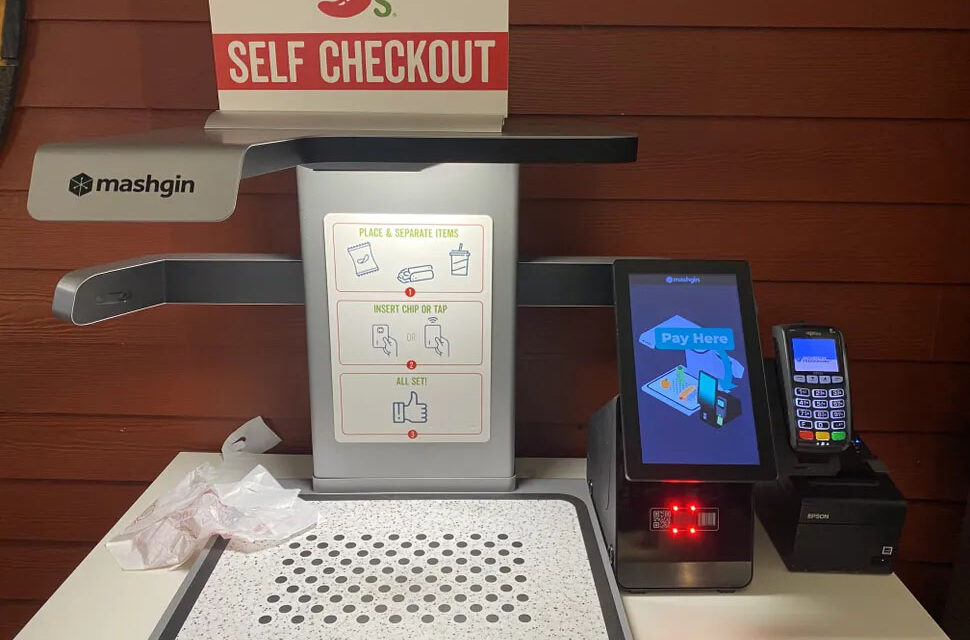(Image credit: Getty Images)
By ( )
Source: www.nexttv.com, November 2023
The television industry has come to realize that there are millions of small companies that could be running television commercials but are not
You may remember the days of Cambridge Analytica, when many of the world’s largest companies were pressured to withhold their advertising dollars from Meta (which was still called Facebook at the time).

(Image credit: Alan Wolk)
They quickly realized, though, that their boycott didn’t much matter, because the bulk of Facebook’s income came from small- and medium-sized businesses.
This was a surprise to many people, who wondered how it was that Facebook could become such a global behemoth based on the spending of a bunch of mom-and-pop shops and small dry-cleaning chains.
The answer was simple: there are a lot of those operations, and Facebook made it easy for them to advertise via a self-serve system that was simple to use and helped with everything from ad creation to analytics.
Because Facebook had so much data about users, those dry cleaners were able to target anyone in their area, anyone who liked groups having to do with business attire, anyone who recently started a new job, etc. and so on.
Also read: Fox TV Stations Sign Onto Waymark AI to Help Small Advertisers Produce Commercials
(Google, I might add, did the same thing.)
Now it’s TV’s turn.
From Amazon to Paramount to smart TV OEMs, the industry has come to realize that there are millions of companies that could be running television commercials but are not. Either because they don’t understand what the value of TV is, or because they don’t know how to make a TV commercial or even how to place one.
This is a problem the industry is looking to fix via the introduction of self-serve ad platforms. This sounds harmless enough, but if all goes according to plan, it may soon turn into a major revenue center for companies that need to replace the income they lost from declining carriage and retrans fees, while also enriching companies, like Amazon, that don’t need the help.
There are some basic issues the self-serve ad platforms will need to face in order to succeed.
Why TV? This may sound obvious, but if you’re used to running ads successfully on Facebook, YouTube and Instagram, then TikTok may seem like a far more logical next step than Freevee, especially given that TV does not offer the precise one-to-one targeting that social video does. So there needs to be education around the value of sight, sound and motion on a big screen, about the emotional connection viewers have with the shows they’re watching and the way that, for older viewers in particular, seeing a commercial on TV makes a brand feel “real” or “big time” or some other word that signifies that they’re legit.
How To Make A TV Commercial: Big brands like Nike and Pepsi can spend tens of millions of dollars just to produce a single 30 second TV commercial, flying all around the world to film a cast of thousands. But for mom and pop advertisers, there are much simpler options, thanks to AI. Companies like Waymark and others are providing small- and medium-sized businesses with the tools to create their own television commercials in just minutes. These commercials are probably not “Just Do It” or even “Flo From Progressive” quality, but they’re most always a step up from late night auto dealer commercials and what’s more, they manage to get their point across in a way that burnishes the brand’s image rather than detracts from it. This means that for anyone launching a self-serve platform, providing this sort of production capability is a must-have.
How Do You Know If Your TV Commercial Is Working? One of Facebook and Google’s biggest selling points was that they provided their customers with all sorts of stats. I remember when I was running ads for my book on Facebook, I’d get incredibly detailed stats on who saw the ad, where they were when they saw it, whether they were on desktop or mobile, Android or iOS. Self-serve TV providers will need to provide a similar level of granularity, along with some similarly self-serve education on how to interpret those stats and to make adjustments on the fly. For an advertiser with a $500 ad budget those small tweaks are likely to have a meaningful impact. So those networks and streaming services who provide the tools to help them understand how to better use TV are going to have a leg up. Especially as those $500 budgets grow.
The shift of small and medium business budgets to CTV will have a major impact on the industry. Right now, big budget advertisers are hedging their bets on CTV, waiting for ad slots to open up against the sort of big name original programming they feel is the right environment for their ads.
Small and medium businesses will be less picky. And, as we noted in our recent report on local TV and streaming, they are likely to help revive the fortunes of local television stations who will be able to take advantage of all those locally-focused ad dollars. The key here will be getting out in front of companies like Amazon and providing a homegrown alternative. And given that Amazon is already out there, the clock is most definitely ticking.


